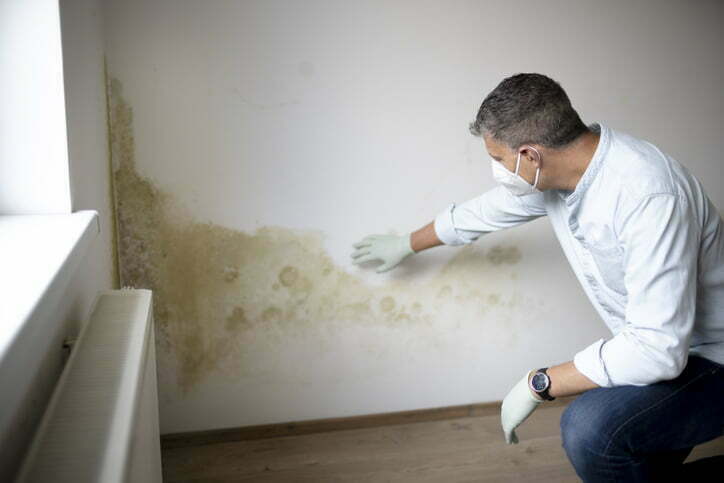Tapco HomeDry Dry Rot Treatment North Kent
We are long term members of Trust Mark and a member of the BWA. CHAS accredited contractor. In addition, all of our surveyors are trained to the high standards of the PCA (Property Care Association).



Dry Rot Specialist In North Kent
If you’re concerned about dry rot in North Kent, contact our local team of damp-proofing experts today. At Tapco Homedry, we can help diagnose, treat and restore timber affected by dry rot fungus.
Signs of dry rot in your home
The different stages of growth are all distinct and unique. In the early stages as the dampness gives way to fungus growth, there will be a furry white growth. From the centre of this growth, the rust-coloured fruiting spore will emerge and spread.
Wood affected by dry rot fungus will be dried out, brittle and crumble easily under your fingers. It could also be seen as warped wood or simply wood that looks darker than the surrounding wood. If you can’t see the dry rot, there is a good chance you’ll be able to smell it as it has a distinct musty or damp odour.
What is dry rot?
Dry rot is the name given to the damage caused by the fungus Serpula lacrymans. This type of fungus is common in woodland areas where it helps to break down fallen trees to keep the forest floor clear. It favours slightly damp conditions and can find its way into homes given the right conditions.
In the early stages of growth, the fungus is furry and white. The fruiting body produces a rusty orange or brown bloom, which helps the fungus to spread to nearby timber. Any wood affected by dry rot will be brittle and fragile. It may also be warped and fail structurally.
The name actually refers to its tendency to dry out the wood, and this fungus actually needs a certain amount of moisture to thrive. This is why dampness in your home should be addressed urgently to avoid further complications.
Dry rot can be found in old timber framed homes, and it can also impact things like floorboard, skirting boards and door frames. It will spread quickly once it finds the right conditions, so all damp issues should be addressed as a matter of urgency.
How is dry rot treated?
The first step to eradicating dry rot from your North Kent home is to identify the source of the moisture ingress. We need to dry out the area and prevent further water ingress so we can be confident subsequent steps will be successful.
Next, we apply a fungicidal treatment to the affected and surrounding timber to kill the fungus spores and prevent them from spreading any further. In places of extensive damage, we can repair and replace damaged wood with timber pre-treated with a fungicidal treatment to make it more resistant to dry rot in the future.

Dry rot experts in North Kent
If you’re dealing with dry rot in North Kent and need support addressing the issue, trust Tapco Homedry to help. Our skilled and experienced team can provide support for every stage of the treatment process for eradicating dry rot. We’ll keep you informed every step of the way so you can make an informed choice for your home. Put your mind at ease with our comprehensive treatment for dry rot in North Kent.
Wet rot vs dry rot: What’s the difference?
These two rotting conditions are caused by different fungus spores. The main difference between the two is that wet rot needs a much higher moisture content in the wood for it to thrive. Wet rot thrives at around 50% moisture whereas dry rot only needs around 20% moisture.
It’s difficult to identify wet rot and dry rot without an expert present. Both issues need quick intervention to help avoid more extensive damage. When left untreated, wet rot and dry rot can cause structural issues in your home.


 Damp Proofing
Damp Proofing Basement Damp Proofing
Basement Damp Proofing Water Damage
Water Damage Condensation Control
Condensation Control Dry Rot Treatment
Dry Rot Treatment WOODWORM & WET ROT
WOODWORM & WET ROT CAVITY Wall Ties
CAVITY Wall Ties Property Maintenance
Property Maintenance Waterproofing And Tanking
Waterproofing And Tanking Structural Repairs
Structural Repairs
